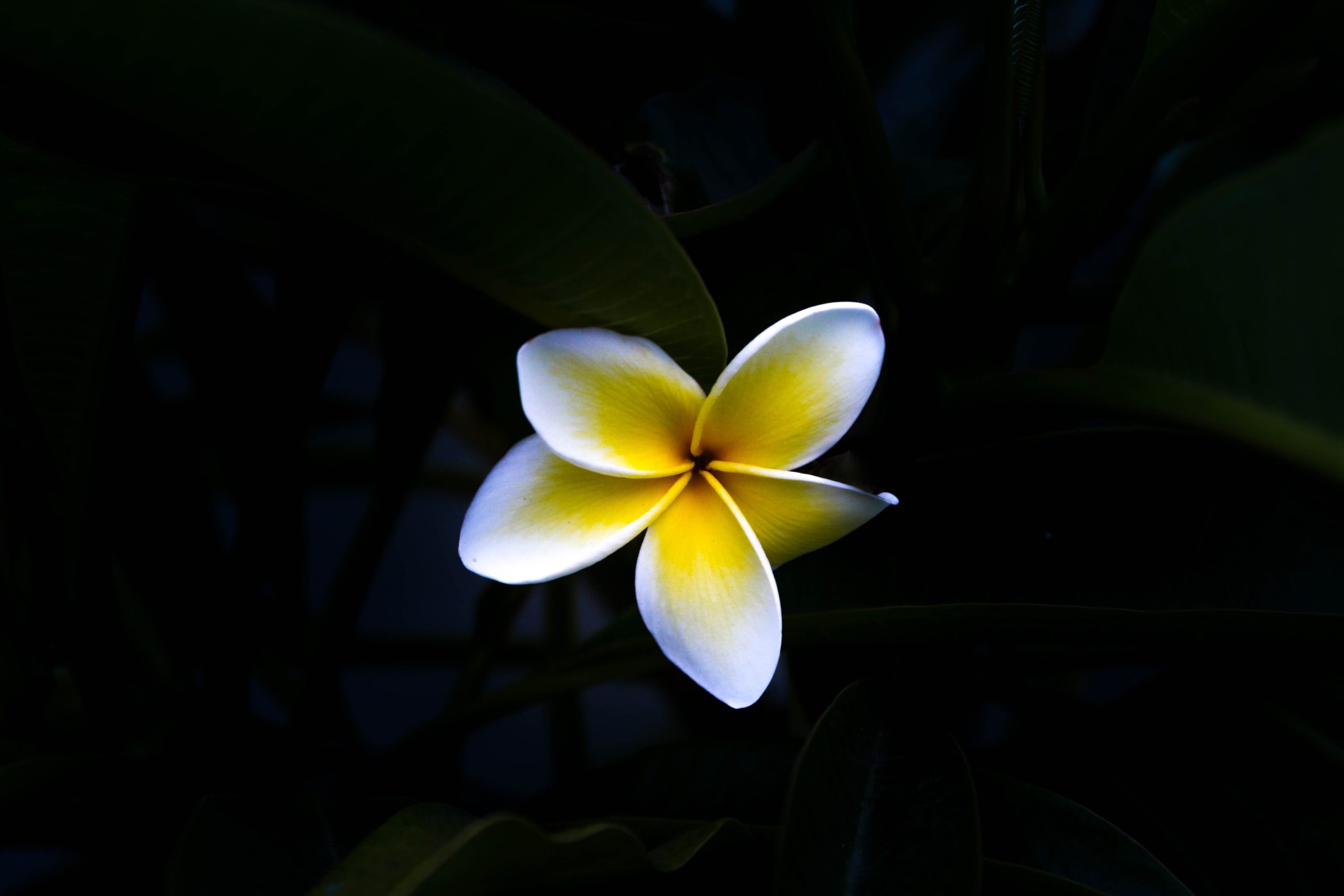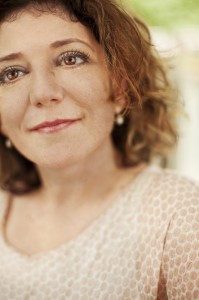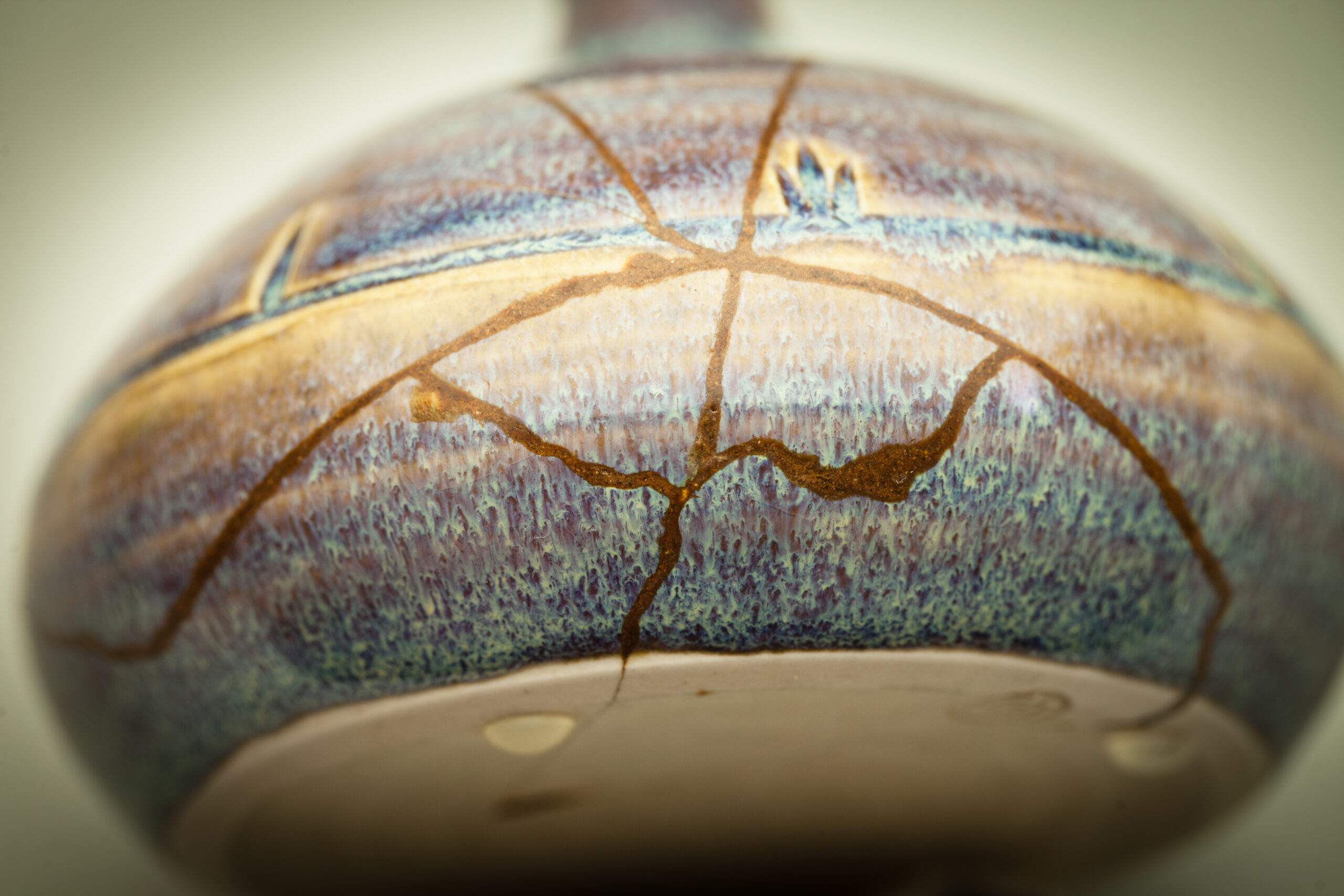Katie Steedly’s first-person piece [The Unspeakable Gift] is a riveting retelling of her participation in a National Institutes of Health study that aided her quest to come to grips with her life of living with a rare genetic disorder. Her writing is superb.
In recognition of receiving the Dateline Award for the Washingtonian Magazine essay, The Unspeakable Gift.
Enter your email here to receive Weekly Wide-Awake
Our Nature Revealed: A Gratitude Conversation with Rachel Roberts

KSC: What are some things for which you are grateful?
RR: I have a pretty exemplary life. It is really fun to be me, and I am grateful to get to say that for sure. I have obviously worked really hard to get where I am, but now that I get to live in the fullness of that, it is amazing to wake up every morning and realize that I have been able to do what I love to do, what I feel completely called to do, and actually make a living at it. My job is amazing. Everyday someone thanks me for what I do. That is maybe the most fulfilling thing you could ever hope for in your profession.
KSC: What were some of the steps you took to get there? To get to this place of having a profession for which you are grateful. I think that is something a lot of people think is just not possible.
RR: No one really taught me to have a gratitude practice, but from a very early age I realized how lucky I am. I don’t know necessarily why I get to be so fortunate in this lifetime. All I can tell you is that I try to be really grateful for it, and the more I pause, and give thanks, the easier my life seems to be, the better I deal with stress, the better I deal with opportunities, the less fearful I am. It helps me to have the career that I have.
One of my favorite things to do at the studio, one of the days I am most grateful for, was yesterday. The first of the month I love to write payroll. I take such an amazing amount of pride and happiness from the fact that not only am I fortunate enough to make a living teaching yoga, but the studios are abundant enough that they can support others as well.
KSC: How do you practice gratitude?
RR: Journaling is part of it. I have a daily gratitude practice where I journal. I sit in my meditation, and my meditations are generally focused on gratitude. My husband and I have a really sweet tradition. Usually it happens when I am making dinner, or around dinnertime, where we ask each other, “Today what was your biggest challenge?” “What was your greatest success?” and “What did you see today that was beautiful?” That is something we do together that reminds us to be present and take stock of each day. I love that we say something that we saw that was beautiful. That is part of my gratitude practice. Definitely my meditation practice is a time that is set aside for gratitude, but I honestly think it is just my way of life. I really try to see the abundance or the teaching even in hard things and be grateful for it.
KSC: What does meditation look like for you? I really struggle with meditation. What are your tips on that?
RR: I lead a lot of meditations. People will say to me it is just so daunting to sit down for even five minutes a day. I get that. There is a lot of science that says it takes twenty-one days to start a habit. If you can carve out that time, and do it for twenty-one days in a row without breaking that cycle, that is a great way to start a real meditation practice.
We also have so many great tools. Most everybody wears a Fitbit or an Apple Watch, or something that will vibrate at them if they have not stood up for forty-five minutes, or something along those lines. I love to tell people, when that thing vibrates at you, don’t just think ‘I have got to stand up.’ Think ‘I have got to take five mindful breaths.’ If you get a ton of email, and the emails cause you anxiety, then when you hear your phone ding to say you have a message, instead of looking right at it, use it as a reminder to take five mindful breaths. Then look at it, and then just start to change that paradigm. Meditation is awesome. If you have half an hour a day to dedicate to your meditation practice? Fantastic. If you have five mindful breaths, and that is all that your meditation practice is, that is also fantastic.
KSC: Do those count?
RR: They absolutely count. Then you start wanting to live in that space that comes; the clarity that comes from a meditation practice. It will grow organically, but if that is where it starts, that is a beautiful place for it to start.
KSC: Another thing I have started learning, in thinking about gratitude, is that gratitude is part of the teaching of yoga. Can you explain?
RR: One of the things that is really important, and is sometimes forgotten, especially in Western yoga, is this idea of lineage. In yoga, it is called parampara and means direct transmission from teacher to student. I was so fortunate that my primary teachers are people that I have such respect and admiration for. I am eternally grateful they were willing to share with me all that they know. I revere them, and that keeps me really grounded.
When you practice Ashtanga yoga, you begin with a chant. The chant is basically paying homage to everyone who steps onto their mat, to every teacher, and to all the teachings in their infinite forms. That is such a beautiful way to start your practice. This mantra that is basically saying ‘I am not here for myself, I am here for the benefit of all beings everywhere.’ Everyone else who steps onto their mat is also there for all beings everywhere, and everyone who has ever stepped onto their mat. Their practice is a gift for all beings everywhere. It is really powerful. The idea is that starting your practice with a mantra, or intention, sets the stage for gratitude.
I love that in the studios we don’t have mirrors, because mirrors are about self-judgment, and there is plenty of that in yoga culture. There is plenty of that sort of cult of the body that is circling around yoga right now, but that really has nothing to do with yoga. Asana yoga, physical yoga, is a celebration of the temple of the human body that we wear. Asana yoga is about preparing the body for meditation. When you go through your practice, the idea is that it is supposed to feel steady and joyful. It is supposed to be a celebration. I have been gifted the greatest gift you could ever ask for, that of the human body. That I have this time on my mat where I get to play within it is amazing.
KSC: What are the impacts of an active gratitude practice? What are some changes you have seen in individuals and communities?
RR: For some of my students and some of my family members, this idea of having a gratitude practice will support you in the really trying and hard times. We are all going to face tragedy. We are all going to face illness. We are all going to face disease. If you are rooted in a victimhood frame of mind, that is one of the fastest most efficient paths to suffering that you can have for yourself. If you can stop, even in the midst of a meltdown of your life, and say in this exact moment, I have all of this. All this abundance exists in all of this. In this exact moment. Even if I am sick. Even if someone I love has just passed. In this exact moment in time I have their memory. I have the part of my body that feels the best today. Whatever it is. You can always find something to be grateful for. You can also always find one million things to encourage your own suffering. That can happen, too.
You know my circle necklace. I would spin it when I did not like the way I was thinking. If I were being fearful or catty, I would spin it to remind myself to flip that thought process upside down. I am not going to be fearful. I am going to be brave. I am not going to be catty. I am going to sit and celebrate differences.
There are all these little tiny tricks that you can do. At first it is really hard. It is this constant mental game you play. I am thinking this way. I don’t want to think this way. I am going to make myself think in a more positive frame. That thought process goes on in the beginning, but soon enough that just becomes our nature. That really is our nature. We have just trained ourselves the other way. What starts as a practice soon enough just becomes your nature. When that happens you watch people who own their suffering. They have found comfort and solace in their suffering. You can watch them become so much more grateful, and so much more vibrant.
I have a friend who had a cancer diagnosis many years ago. She has this beautiful meditation that she does every day where she sits and she scans her body. She notices the parts that feel unwell, and then she focuses on the parts that feel the best that day and she asks the cells that feel really great to remind the sick cells how amazing it is to be healthy.
KSC: Tapping in to what is working in order to help what might not be. We can do that. We have that kind of power. We can direct that energy. Talk about an impact of a gratitude practice.
KSC: If someone is starting a gratitude practice and really wants to be more grounded, and has not thought a lot about it, and does not really understand what gratitude is, what would you tell them? What would be some advice you would give to someone who is just starting out?
RR: I think a journal is really the greatest thing. I like to tell people to do it right before they go to bed. Right when you are getting ready for bed, just sit down and write it out. I always say this when I give people journaling prompts. I would write a journal and think, ‘someday someone is going to find it. I wrote it for someone else to read at some point in the future.’ You should never journal that way. It should always be a free expression of thought. I say to people, when you are going to journal, just sit down at the end of the day. It is great to give yourself parameters. I am going write three things for which I am grateful. Don’t set yourself parameters that are going to be hard for you, or you are going to have to fake. If three is too many, then just list one thing for which you are grateful. It does not have to be something new every day. It can be the same thing over and over again. As you start, look at the cycles. It is great to write in an actual journal, or it’s great to buy a calendar. After a couple months look at the trends you see. Notice if there are always things you are grateful for on the weekends, but not during the weekdays. How could you bring more of that into your weekday life? Maybe you start to notice that some days are harder for you to find things you are grateful for? You really start to understand the practice of gratitude and then over time you start to understand your own inner workings.
KSC: Is there an evolution to a gratitude practice? Does it get easier?
RR: I definitely think it does. There is a great book called Buddha’s Brain. It talks about the science of meditation and how it actually affects the brain over time. When you practice meditation more, it stops being a practice and it starts revealing your nature. Our nature is that of service. We love to serve one another. We are grateful for the relationships we have. We are grateful we have the opportunity to be needed and helpful, and that becomes our nature revealed.
KSC: There is a connection between gratitude and breath. You talk about being connected to the breath, and being connected to the rhythm of how we live.
RR: As human beings we are only promised one complete breath in this lifetime. The inhale that brings us in to the world and the exhale that will take is from it. Each breath that we take is a gift. We have this choice. When we are doing deep breath work in class I often say “see each breath that you take in as a gift that you are receiving, and you have the opportunity to make every exhale an offering.”
About Katie

From Louisville. Live in Atlanta. Curious by nature. Researcher by education. Writer by practice. Grateful heart by desire.
Buy the Book!
The Stage Is On Fire, a memoir about hope and change, reasons for voyaging, and dreams burning down can be purchased on Amazon.





